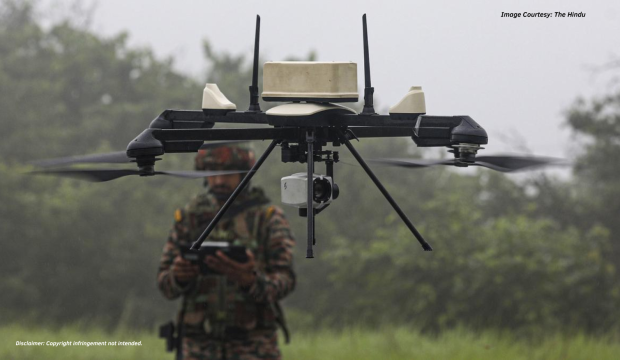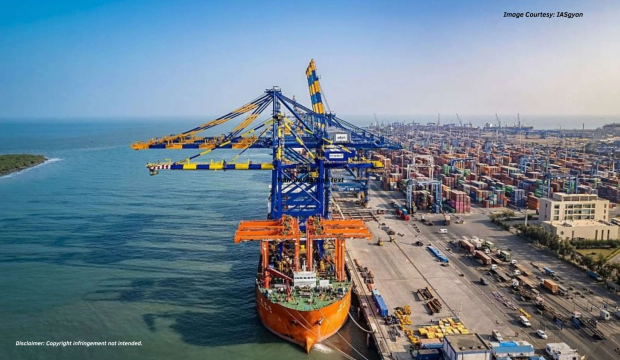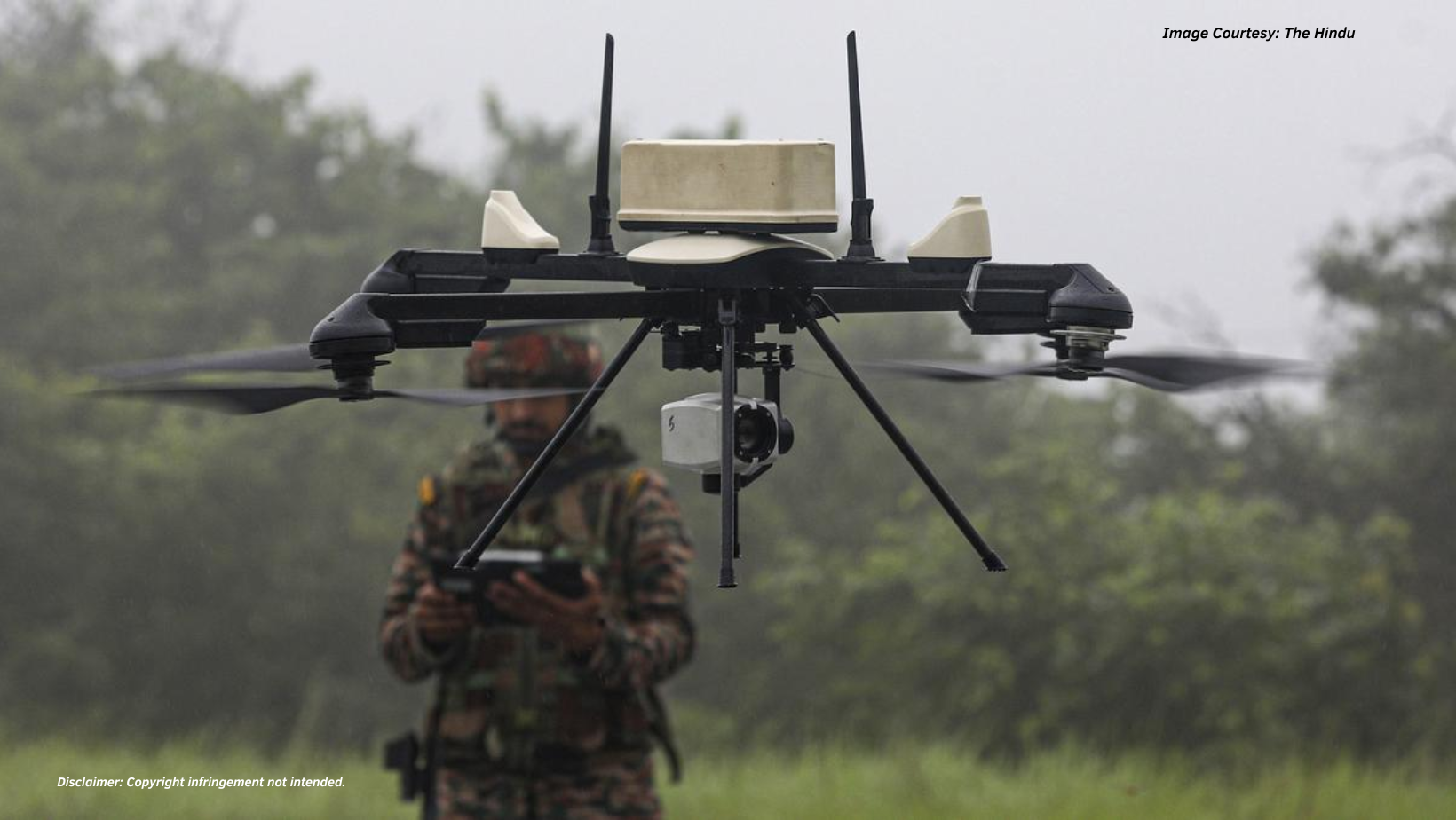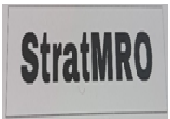“History shows that what matters most in periods of technological disruption is not getting a new technology first or even having the best technology but finding the best ways of using it…… both on the battlefield and in its bureaucracy.”
-Paul Scharre,
Four Battlegrounds: Power in the Age of Artificial Intelligence
What is happening?
The Russo-Ukraine war has been on for over a year now. Before that there was a short Armenia-Azerbaijan war. While there are many facets to analyse, however one common aspect that stands out is the endeavour to push humans out of every possible weapon system. It started with UAVs and now people are looking at unmanned AFVs, combat aircraft, ships et al. Earlier, these weapons were being controlled by human(s) from afar but now with rapid strides in AI, these unmanned weapons may very well have a mind of their own. In the past, the Ruler had skin in the game wherein (s)he led the army into battle. Slowly the rulers took their skin out of the game and left fighting to professionals. But now, with unmanned weapon systems, it seems that nations want to take out of the game as much skin as possible.
Without getting into definitions and other technical jargon (there are enough resources on your preferred search engine), this article endeavours to look for straws in the wind as far as warfare is concerned.
Why Don’t We Want Humans Around?
The first thing that comes to mind is aversion to casualties. It makes bad press, bad politics and so on. Possibly, a pyrrhic victory is not a victory after all. Having said that, there can be many more reasons:
- Machines are easier to replicate. All you need is a sound industrial base and human resources.
- Capabilities of machines are standardised. There can be a stark difference between two manned battalions; not the case with machines.
- Machines are not affected by physical or psychological factors of war.
Can we keep humans out of the fighting?
As much as militaries would like to take away as many humans from fighting, that will not happen. Whether ‘in the loop’ or ‘on the loop’, a human will always be ‘somewhere in the loop’. Keeping humans ‘out of the loop’ is not a choice in the foreseeable future. ‘On-site’ combatants will reduce whereas ‘off-site’ combatants will increase; and for a reason. How comfortable will a fighter pilot, in a dog fight, be with an Alexa like voice warning about incoming hostile aircraft? On the other hand, when employing unmanned systems working with AI, if there’s a mistake, whom to blame/ punish? Do you mete out ‘capital punishment’ by blowing up the robot or do you blame the programmer? Talking of machine learning; what do we do when a machine starts ‘losing its mind’? Therefore, humans are not going away. They’ll construct, deploy, use and maintain unmanned weapon systems in many ways. It’s only that more and more humans will be taken farther away from the traditional business end of war which will extend everywhere from the frontier to the national capital to the population’s mind.
What will the future ‘Battle Field’ look like?
First things first; the battle field of the future will not be one single contiguous field and also not battles (as we know it). Actual fighting will be among the last in a series of events. If manned and unmanned systems are to fight as one body, there is a requirement to imagine a different ‘nervous system’. To the present-day melee of manned forces, there will be a requirement to seamlessly integrate unmanned forces. For this a reworked structure will be needed. The paragraphs below will describe the various elements that will complement traditional manned forces.
- Command Element. Command and Control, a time-tested military cliché will be passé. The future Commanders will eschew control because the Moore’s Law doesn’t apply to the human brain which even now has as many neurons and as much processing speed as it always had – forcing the Commander to be able to deal with only that much information and no more. Control will therefore be a purely staff function. The Commander will have to jettison all trappings of a HQ and move with bare minimum staff, with the most important person being one akin to a Technical Commissar– one who comments on the technical viability of a plan. The Command Element will be in contact with manned forces directly and unmanned forces through the Co-ordination and Support Element.
- Control Element. This element will receive the barrage of information from the battle field and send it to the Commander duly processed for directions. The Commander’s directions will be disseminated to relevant entities that are distributed across the battle field. Dissemination of information will be for two purposes- execution and redundancy. This element will be a mix of humans and computers. It is here that technologies like AI, Quantum Computing and Block chain will be exploited to the hilt.
- Co-ordination and Support Element. This element, apart from the Commander will be in direct contact with manned forces. These elements will co-ordinate actions of manned and unmanned forces in order to engage the enemy in the most optimal way. This element too will be a mix of humans and machines; however, it will only act as facilitator with nothing ‘hands-on’. This is important because an Internet of Military Things can also become an Internet of Military Vulnerabilities.
- Contact Element. This will be the ‘business end’ of unmanned forces. It will comprise of every unmanned weapon system. Unmanned Weapons, teamed with Manned Weapons is the future of warfare. An acronym MUMT- Manned Unmanned Teaming is already in vogue but the next revolution in warfare is various diverse types of unmanned weapons in all mediums viz land, sea, air and space, teaming up with traditional manned forces to engage the enemy. This teaming will be the future joint operations.
Looking for Answers
The battlefield visualised above throws up many questions. Each one of them is a separate line of study and deliberation which can’t be dealt with in so few words. As we go along, more questions will emerge questioning the nature and character of warfare (quoting Clausewitz). Some of these are listed out below for the reader to take forward.
- What will be the ideal span of command? What is the maximum quantum of manned and unmanned systems that one human being can command? Having said that, is there a case to review force structures? Will the traditional Battalion, Brigade, Division or Corps have the same relevance in the future battle field? Do exclusive land, sea & air based services now have relevance?
- What is the future of logistics? Will a software upgrade, at times, take precedence over a fuel or ammunition column?
- Given the kind of skills required to operate unmanned weapon systems, how indistinguishable do civilian and military targets become? How do we interpret the Geneva Conventions in such changed circumstances?
To End. War as we know it (quoting Patton) is changing. While earlier it was a clash of human will, fought by humans only; now the same clash will involve humans & machines at unprecedented speeds. This calls for fresh thinking on the issue. The ongoing reform in the Indian Defence Services is an apt time to begin on this track. This article aims to act as a primer. To end with another quote by Paul Scharre in his book ‘Four Battlegrounds: Power in the Age of Artificial Intelligence’:- The key question for militaries is not whether to use new technologies but how to use them.














































